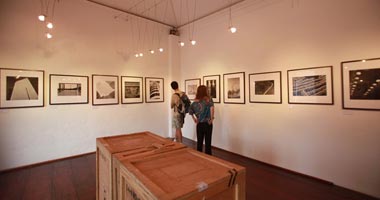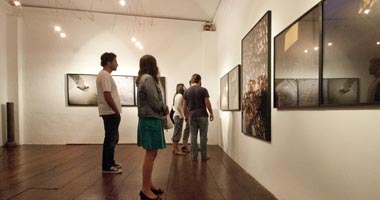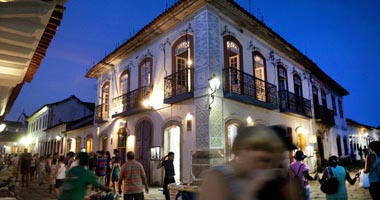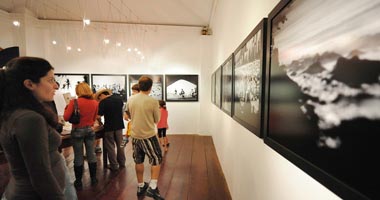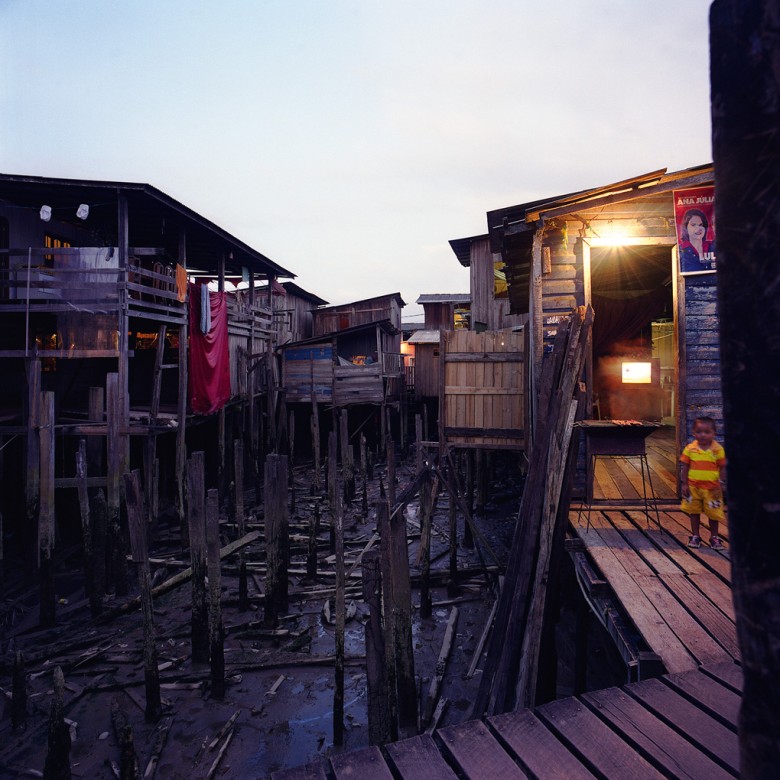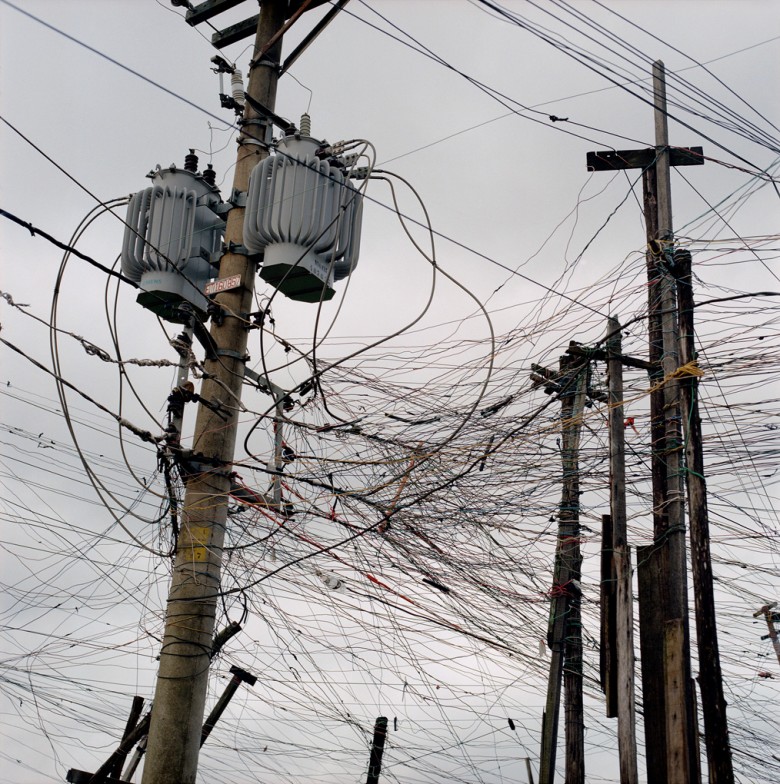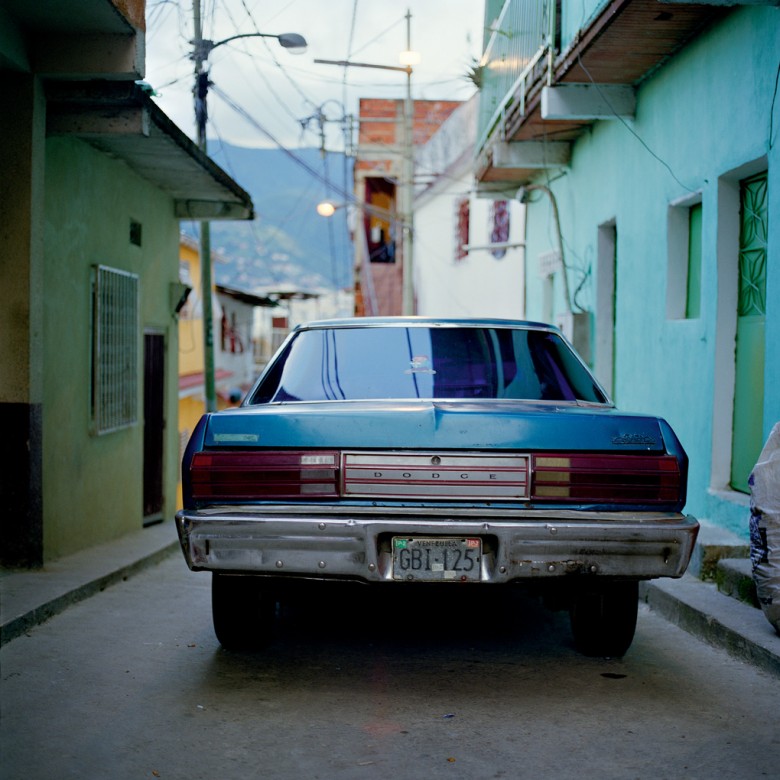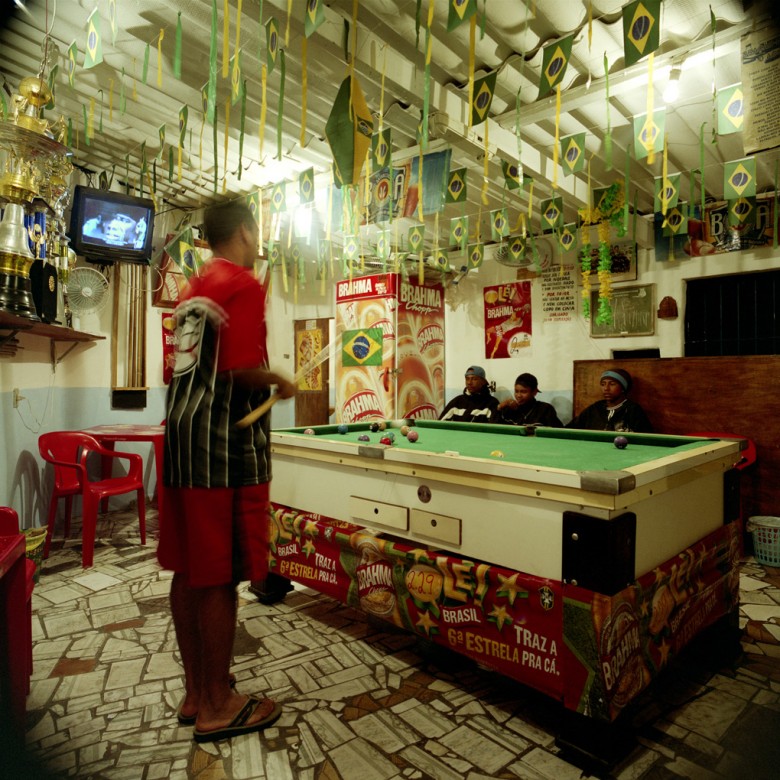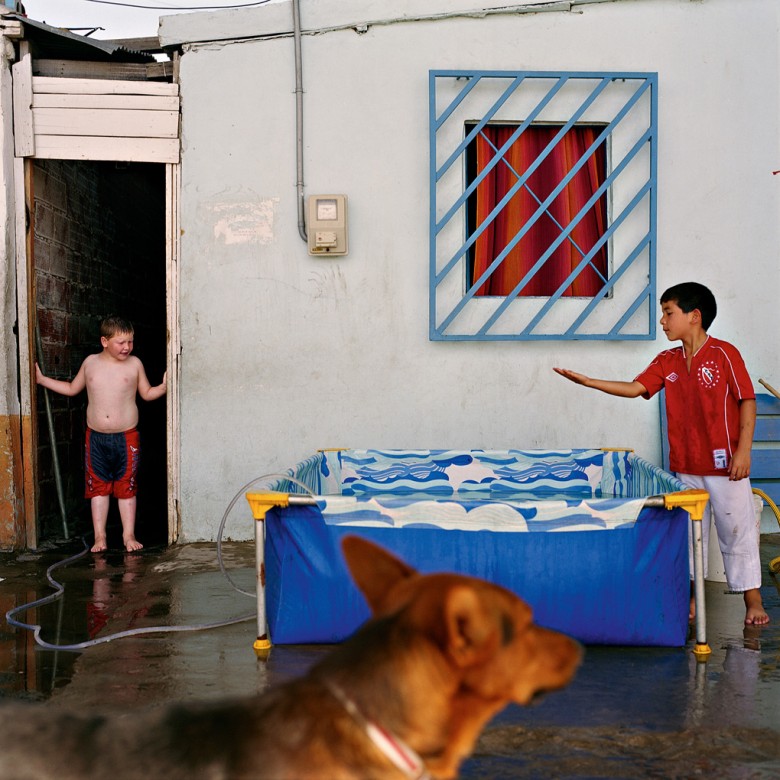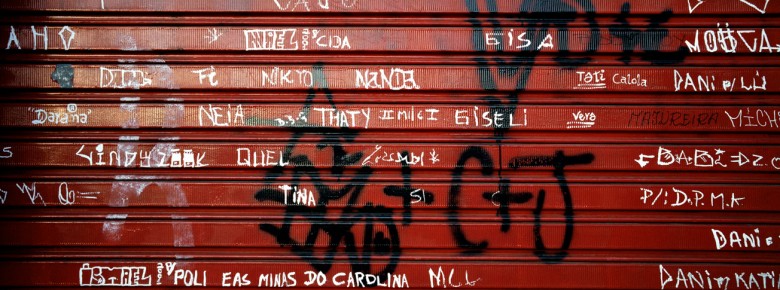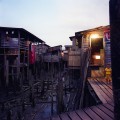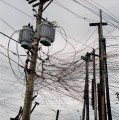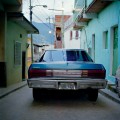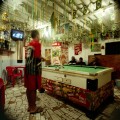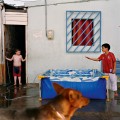23 Exposição:
UMA OUTRA CIDADE
DE IATÃ CANNABRAVA
DE 18 DE DEZEMBRO A 27 DE FEVEREIRO DE 2011
“Se um lugar pode se definir
como identitário, relacional e histórico,
um espaço que não pode se definir nem como
identitário nem como relacional,
nem como histórico definirá um não-lugar”.
Marc Auge
Etnólogo francês. Marc Auge é coordenador de pesquisas na Ecole des Hautes Etudes en Sciences Sociales (EHESS),1985 e 1995. Auge criou um importante conceito para a Sociologia o nao-lugar. O nao-lugar é diametralmente oposto ao lar, a residência, ao espaço personalizado.
Uma outra cidade é o nome de um conjunto de imagens da periferia de várias metrópoles latino-americanas. Estas cidades tem muitas camadas desenvolvidas ao longo dos séculos desde sua fundação. Camadas de lutas cotidianas, movimentos sociais, silêncios das noites, intrigas políticas, enfim inumeráveis camadas de memórias que formam incríveis histórias. O espaço da cidade de São Paulo é um palimpsesto indecifrável, porque nele explodiram e explodem todas as contradições possíveis, como se fosse um caldeirão num eterno fogo ardente. Mas São Paulo, como Belém, Lima, Caracas, La Paz, é apenas uma repetição de uma matriz geradora dessas contradições. Iatã Cannabrava conhece bem essas cidades e neste ensaio, desenvolvido ao longo de mais de oito anos, voltou sua câmera para as mesmas periferias, de diferentes cidades, e realizou um projeto documental com uma força expressiva diferenciada. Na verdade, o nome do ensaio quer falar de uma periferia, que sintetiza todas as periferias. Como se a periferia da pós-modernidade, fosse uma espécie de não-lugar às avessas. Espaços semelhantes em cidades diversas e países distantes, em que tudo parece muito igual. No caso dessas fotografias organizadas em torno da idéia de Uma Outra Cidade, é na realidade a imagem da periferia de qualquer cidade, ocupado por minorias econômicas que constroem o espaço como uma bricolagem – parte dos elementos constitutivos são comuns, o que dá a semelhança e aproxima da idéia de ser o mesmo lugar. Ou seja, um não-lugar às avessas porque o habitante da periferia tem seu deslocamento autorizado e reconhecido pela comunidade. Iatã utilizou a fotografia colorida para acentuar as diferentes camadas que compõem o grande espectro social no limites de sua exclusão. Seu ensaio registra um microcosmo social reconhecível que concentra outras camadas dissonantes e que reverberam sincronicamente com as outras camadas existentes no espaço urbano central. Haveria alguma lógica nessa desordem estabelecida? Ou seja, na cidade de São Paulo, uma das mais ricas do mundo e como qualquer grande cidade da América Latina, temos uma situação peculiar entre acumulação e pobreza. A cidade ao longo de sua história se expandiu de forma caótica e os espaços periféricos, invisíveis ao poder público, foram criados aleatoriamente. É exatamente nessas periferias que Iatã fixou seu olhar e desenvolveu um ensaio sobre as diferenças. As fotografias assustam pelas visualidades e pelas estratégias de construção utilizadas para registrar e documentar esse mundo nem sempre visível aos olhos de todos. As imagens tornam-se um ensaio centrado na antropologia visual, que nos faz pensar sobre as precárias condições habitacionais das grandes cidades e a questão da ocupação do território público. Ao mesmo tempo, Iatã registra o acúmulo dos diferentes materiais e das diferentes formas que se organizam de forma imprevisível, nesse espaço de tensão contínua, para explicitar os modos populares de esconder e mostrar as evidências. Seja nos planos gerais e panorâmicos, seja nos interiores domésticos e até mesmo nos retratos, o que vemos é o resultado de um olhar que busca construir uma pluralidade de fragmentos que denotam mais do que uma explosão de cores e formas.Assim como a história da cidade, a fotografia de Iatã Cannabrava é uma espécie de palimpsesto contemporâneo. Em cada fotografia podemos verificar a presença das diferentes camadas que cobrem o espaço registrado. Em alguns dos retratos é perceptível as camadas eleitas pelo olho sensível que procura contextualizar o cidadão naquele ambiente. Daí é possível entender os cartazes que ilustram parcialmente os espaços, os grafites desenhados nos muros e as muitas placas que anunciam qualquer coisa. O resultado é uma fotografia que incomoda também pela frontalidade e ousadia de incorporar esses índices e resignificá-los. Grades, gaiolas, grávidas. O dentro e o fora. O detalhe e o panorâmico. Uma fotografia inventiva, criada nas fendas do possível, que estabelece um universo sígnico plural, através de um enquadramento tenso, pois quando quadrado, parece assimétrico, e quando retangular ou panorâmico, predomina uma composição ruidosa. Enfim, um trabalho corajoso que evidencia as fragilidades do nosso sistema sócio-econômico através de imagens silenciosas que formam um conjunto altamente explosivo e com densidade política e estética.
Rubens Fernandes Junior,
Pesquisador e Crítico de Fotografia
